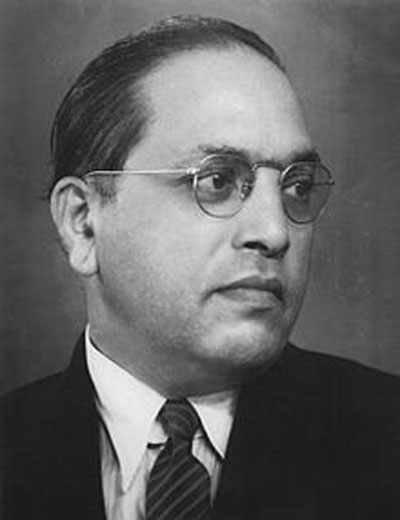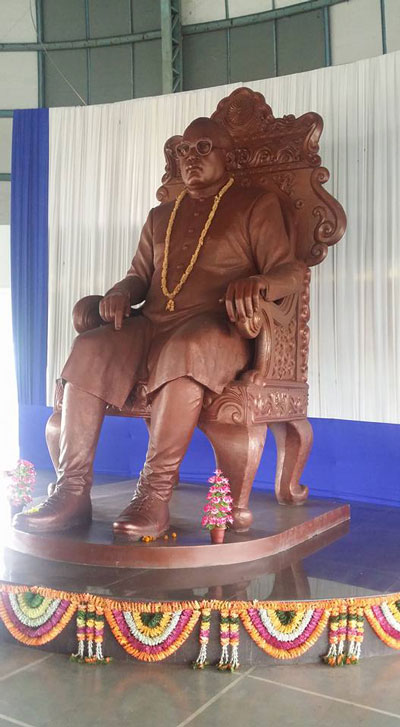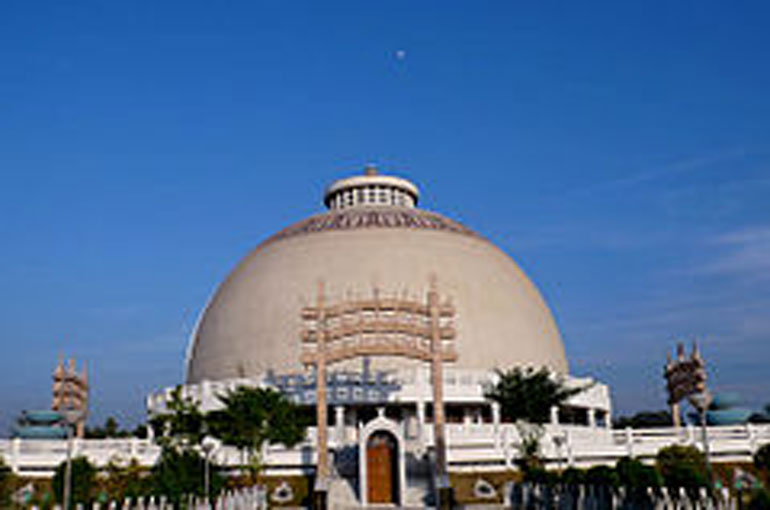Monday Jan 19, 2026
Monday Jan 19, 2026
Saturday, 31 October 2015 00:00 - - {{hitsCtrl.values.hits}}
The Hindi version of the award-winning film ‘Sri Siddhartha Gautama’ had its premiere a few days back in Nagpur. It was part of a  ceremony to commemorate the 60th anniversary of the Indian social reformer Dr. B.R. Ambedkar’s conversion to Buddhism along with around 500,000 people who were considered ‘untouchables’.
ceremony to commemorate the 60th anniversary of the Indian social reformer Dr. B.R. Ambedkar’s conversion to Buddhism along with around 500,000 people who were considered ‘untouchables’.
The Hindi version of the film was well received and there have been inquiries whether it can be dubbed in other Indian languages as well. Interested parties met producer Navin Gunaratne who was present in Nagpur and discussed the possibilities. Lead actor Gagan Malik’s presence had created a lot of excitement.
With the numerous awards the film collected during the past two years, the film has won worldwide recognition and an international version is now in circulation. The Hindi version is virtually the same as the original one.
Buddha’s relics found in Kapilavastu were also taken from Sri Lanka to be exhibited during the ceremonies in Nagpur.
Among the invitees rom Sri Lanka were Venerable Olande Ananda, Dr. A.T. Ariyaratne and Mrs. Ariyaratne. Hundreds of thousands from various parts of India gathered to commemorate the event. Dr Ambedkar observed the Five Precepts and became a Buddhist on 14 October 1956, the Buddha Jayanthi year. Before that he had come to Sri Lanka to attend a meeting of the World Fellowship of Buddhists. Thereafter he had announced that he was writing a book on Buddhism and once the book was published, he would become a Buddhist. He did exactly that. He has written other books on Buddhism, paid visits to Buddhist countries and participated in Buddhist conferences.
His action resulted in a resurgence of Buddhism n India.
It’s on record that Dr. Ambedkar (born in 1891) had declared as early as 1935 that although he was born a Hindu, he would not die a Hindu. He believed that conversion to another religion was the way to abandon the caste system in India. He then started studying the numerous religions and finally decided on Buddhism. By the time of his conversion he has had a distinguished career and was universally accepted as the architect of the Indian Constitution. He was the first Minister of Law and Justice in the Nehru Government set up after India got Independence in 1947.
On 14 October 1956, he and his wife accepted Buddhism in traditional fashion observing the Ti-sarana (Three Refugees) and Pan-sil (Five Precepts) at Deekshabhoomi in Nagpur in Maharashtra. Thereafter his followers too got converted. In addition to the Ti-sarna and Pan-sil, they observed 22 vows as dictated by Dr. Ambedkar.
Thereafter Deekshabhoomi became the centre of modern Buddhism in India. A stupa was built to commemorate the occasion and soon it became a major place for pilgrimages. Millions of pilgrims visit the place annually. Today it has also become a popular place for tourists.

In remembrance
Stupa at Dheekshabhumi